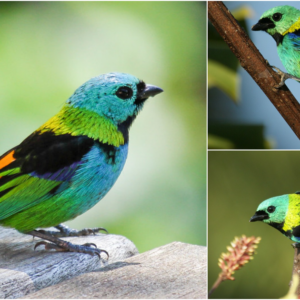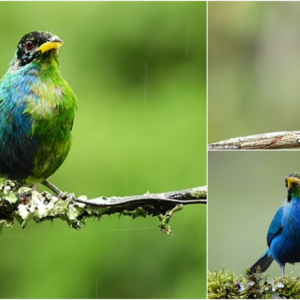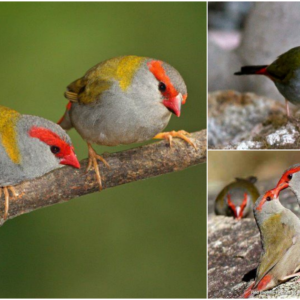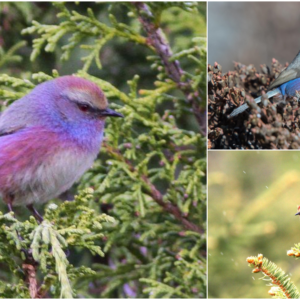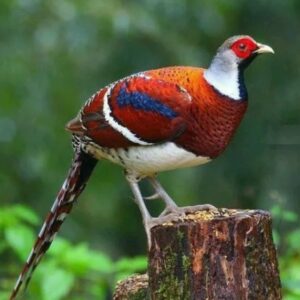Among the vibrant tapestry of avian beauty, one species stands out with its resplendent plumage and graceful flight: the Carmine Bee-eater (*Merops nubicus*). Native to Africa and belonging to the Meropidae family, this bird captivates onlookers with its striking appearance and remarkable behavior.
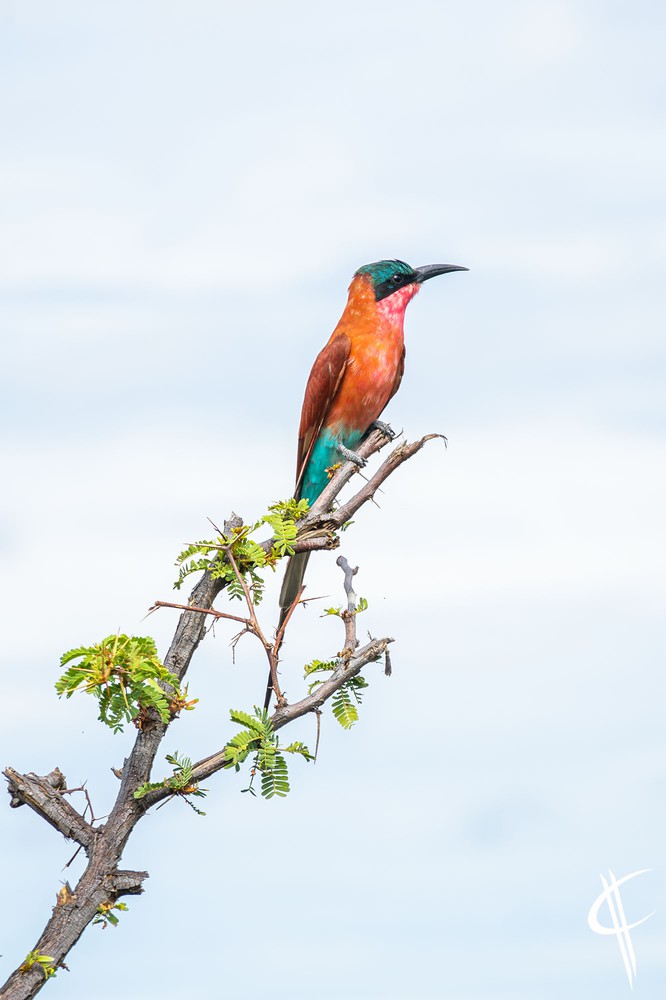
Distinguished by its predominantly carmine-colored feathers, complemented by a green-blue head, throat, and characteristic black mask, the Carmine Bee-eater exudes elegance and charm. Both males and females share similar appearances, although occasional differences in eye color may occur. In some instances, males may sport slightly longer tail-streamers compared to females, adding a touch of uniqueness to their aesthetic.

Found across central and northern Africa, including regions like the Central African Republic, Benin, and Cameroon, the Northern Carmine Bee-eater thrives in diverse habitats. Known for its penchant for consuming bees, these birds also feast on a variety of flying insects, including ants, grasshoppers, and locusts. Perched on branches, they keenly observe their surroundings, ready to snatch passing insects with swift precision while in flight.
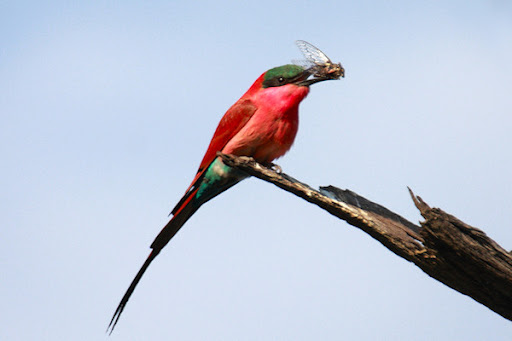
Breeding colonies of Carmine Bee-eaters are a sight to behold, with nests constructed in horizontal tunnels that can stretch up to eight feet long. Typically situated on cliffs or near riverbanks, these colonies provide a communal space for breeding and rearing offspring. Females can lay up to five eggs per clutch, with both parents sharing responsibilities for incubation and chick care. Within 21–32 days, the chicks are nearly fully grown, yet they continue to rely on parental care and feeding until they are proficient hunters on their own.
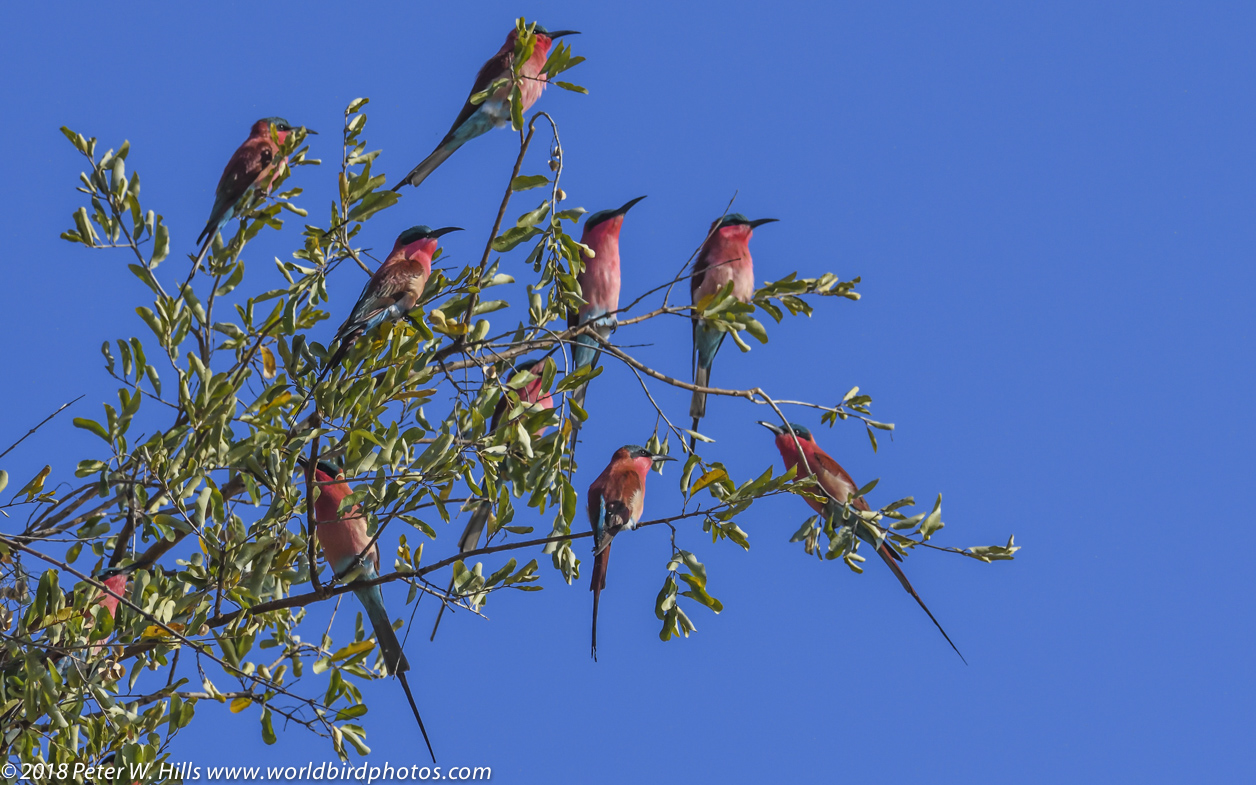
The Carmine Bee-eater’s presence in African ecosystems not only adds to the region’s biodiversity but also serves as a testament to the intricate balance of nature. With its brilliant plumage and graceful aerial displays, this avian marvel enchants all who have the privilege of encountering it in its natural habitat, reminding us of the beauty and wonder that abound in the natural world.
